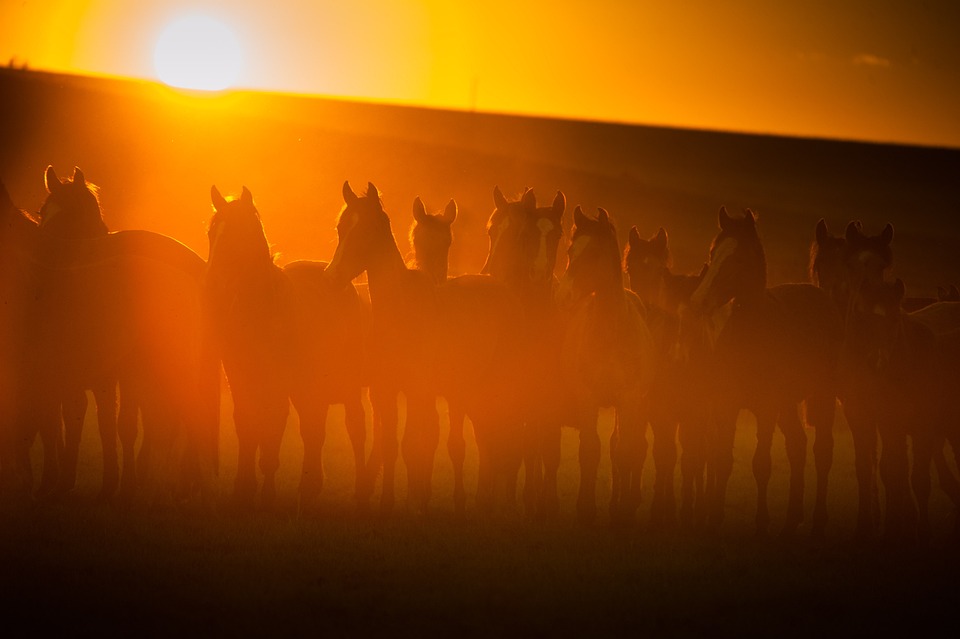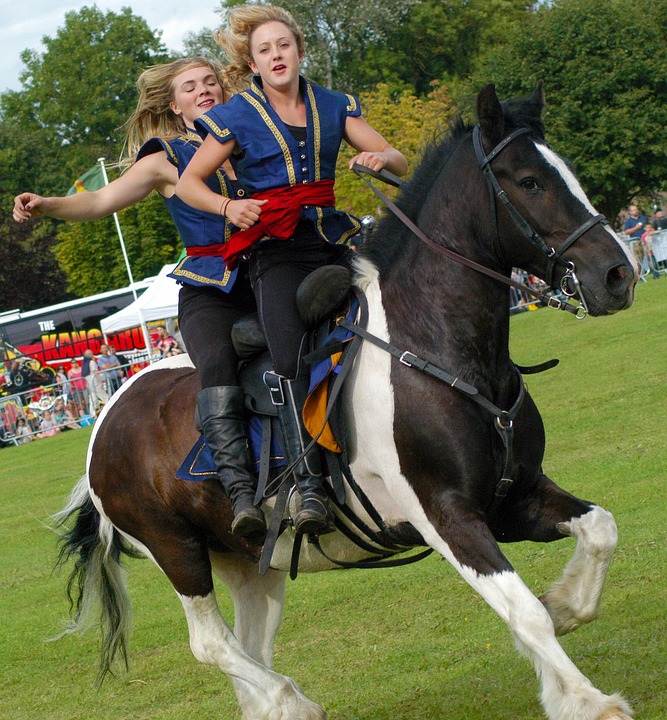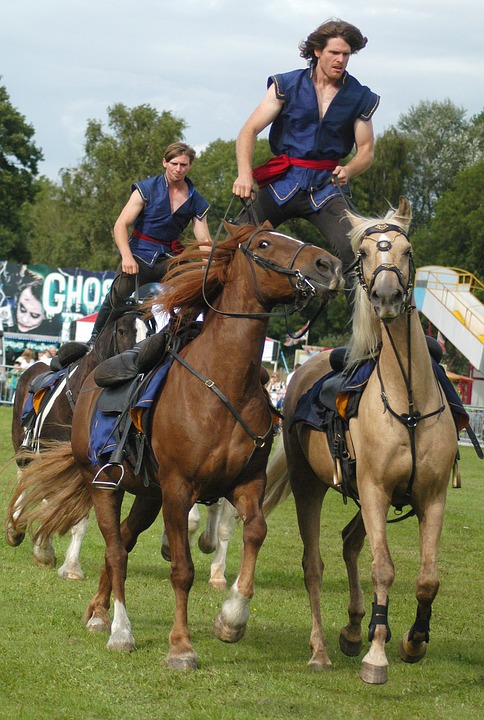If horses are kept indoors in a barn, they require regular daily exercise for their physical health and mental well-being. Some scholars believe that the Spanish conquistadors brought some distinctly distinctive horses with them when they first arrived in the early 16th century, and others believe that Russian fur traders brought them in much later. The Nez Perce obtained their original horses from the Shoshone people, and from there taking advantage of the fact that they lived in prestigious horse-breeding country, relatively safe from raids by other tribes, developed strict picking practices for their horses. The earliest evidence for horses with a spotted coat pattern is from cave paintings dating to the Upper Paleolithic period, circa 18,000 BC found at Lascaux and Peche-Merle in France. The Nez Perce tribe of the American Pacific Northwest developed the breed. The Nez Perce people were a relatively peaceful nation, and a large number of them engaged in agriculture as well as horse breeding.
In any case, the Nez Perce had quite a number of spotted horses by the late 1800s when it came to the attention of the rest of the world once again. Encroaching gold miners in the 1860s and settlers in the 1870s pressured the tribe to give up much of their land, and various treaties between 1855 and 1863 reduced its original seven million acres of land by 90%.
A similarly spotted breed in Europe, with a sportier build, is the Knabstrup. All ApHC registered Appaloosa must be descendants of registered Appaloosa parents or registered Appaloosa and friend horses from an approved breed registry. This “Horse Buddy Horse” halfway build is well-suited to Western equestrian disciplines such as clipping, reining, and rodeo, and O-Mok-See sports such as barrel racing (Camas Prairie Stump Race) and pole bending (Nez Percé Stake Race) as well as horse racing short, generally over a quarter of a mile. The breeding program was funded by the United States Department of Health and Human Services, the Nez Perce tribe, and the First Nations Development Institute, a nonprofit organization that promotes tribal business development. The Appaloosa Museum Foundation was created in 1975 to preserve the history of the Appaloosa horses. The original Appaloosa’s physical conformation was typical of the range horses found in the western United States.
Appaloosa markings overlay the base coat color, and have many variations in patterns.
The introduction to the ApHC rulebook states that the Appaloosa “is a breed defined by ApHC breed requirements and preferred characteristics, including coat style. The Nez Perce tribe again began a breeding program in 1995 to develop a distinct breed, the Nez Perce Equine. The registry was originally located in Moro, State. Oregon, then moved in 1947 to Moscow, Idaho. Today, the Appaloosa breed is one of the most favored breeds in America, and there are over 670,000 Appaloosa breeds registered by the ApHC.



0 Comments